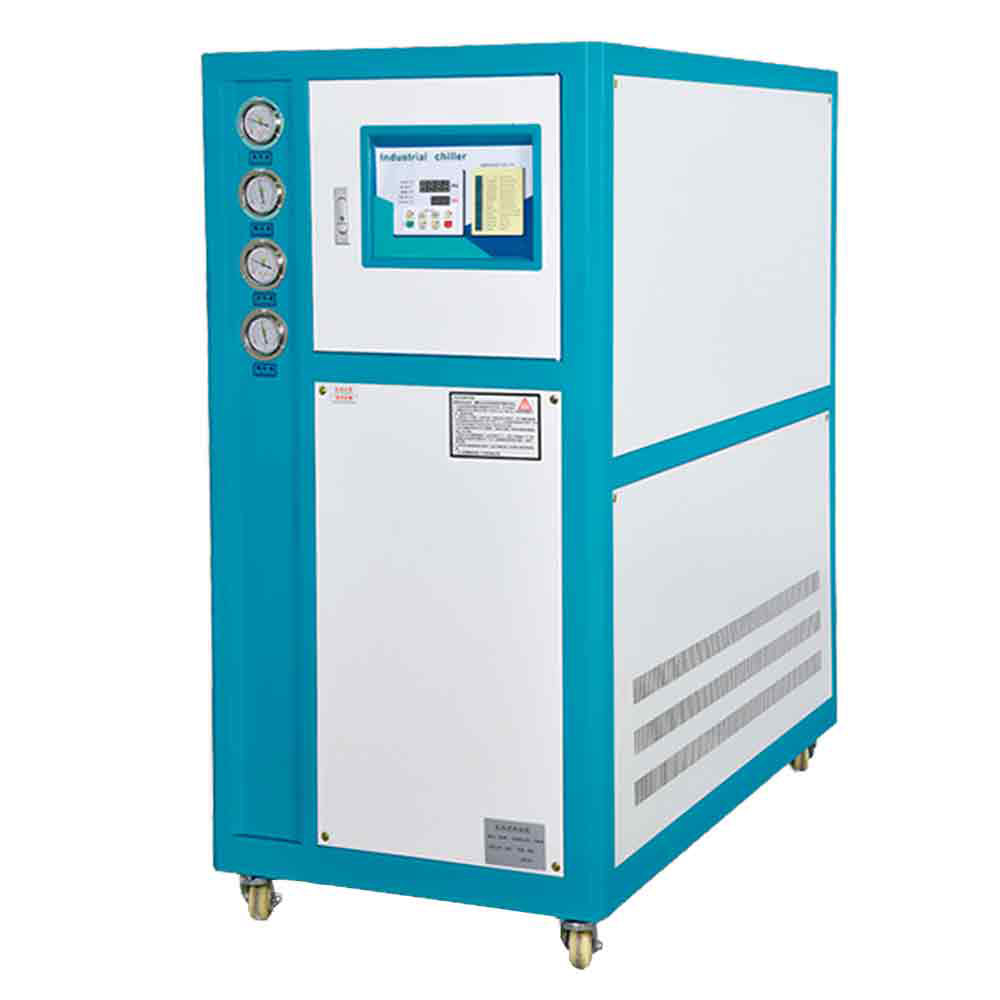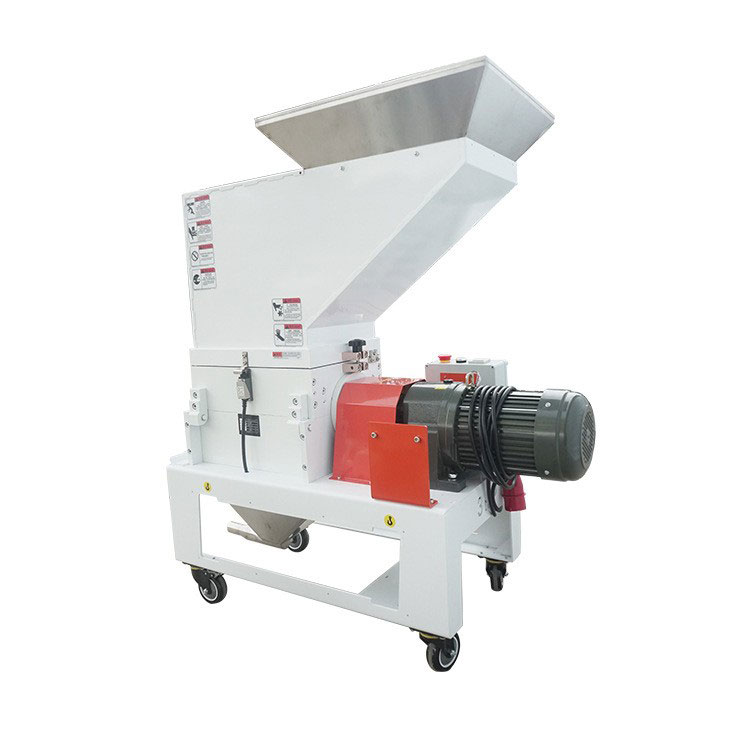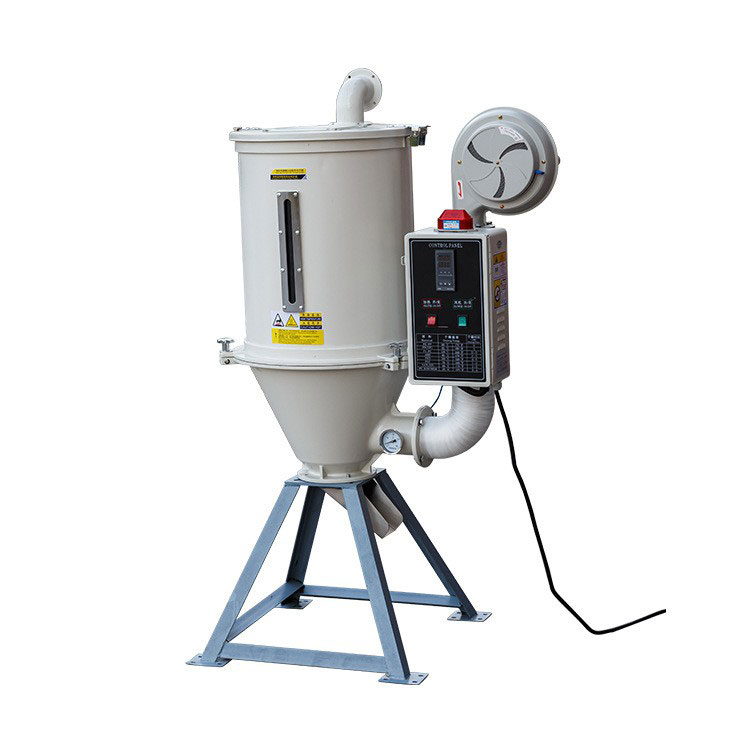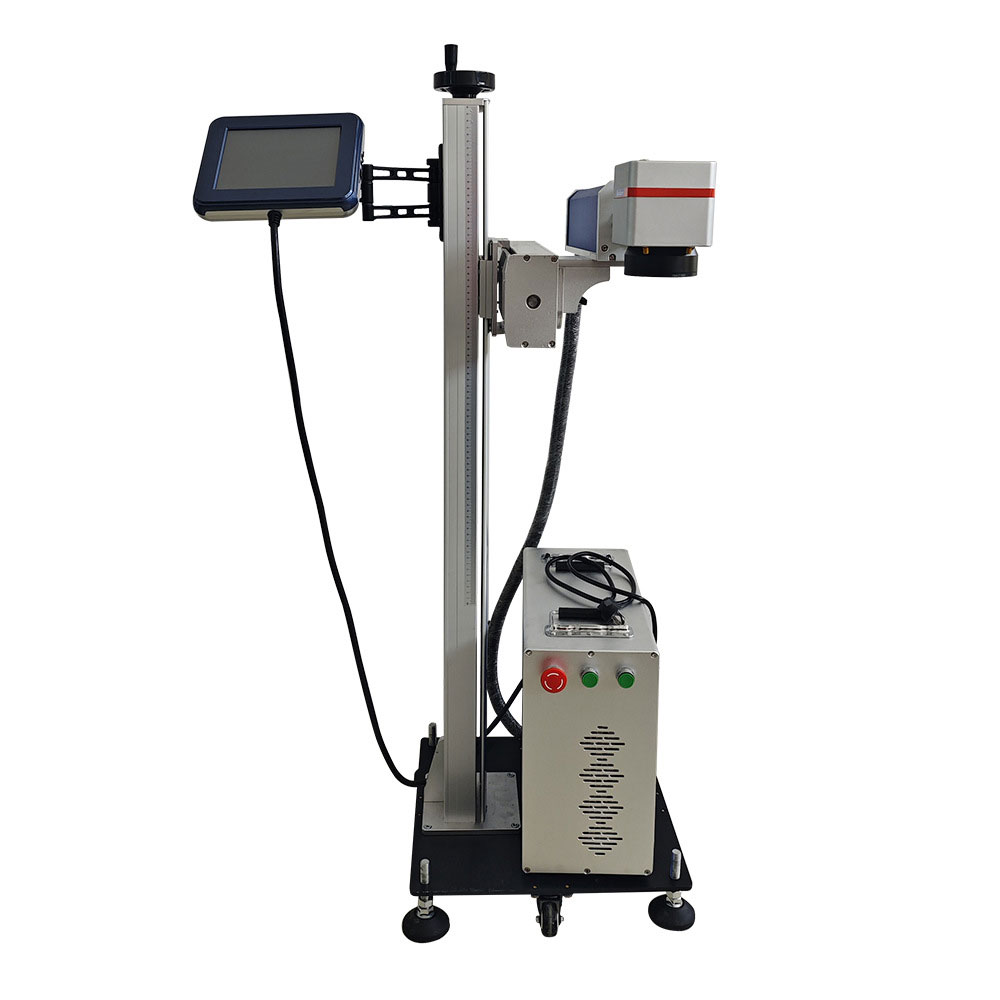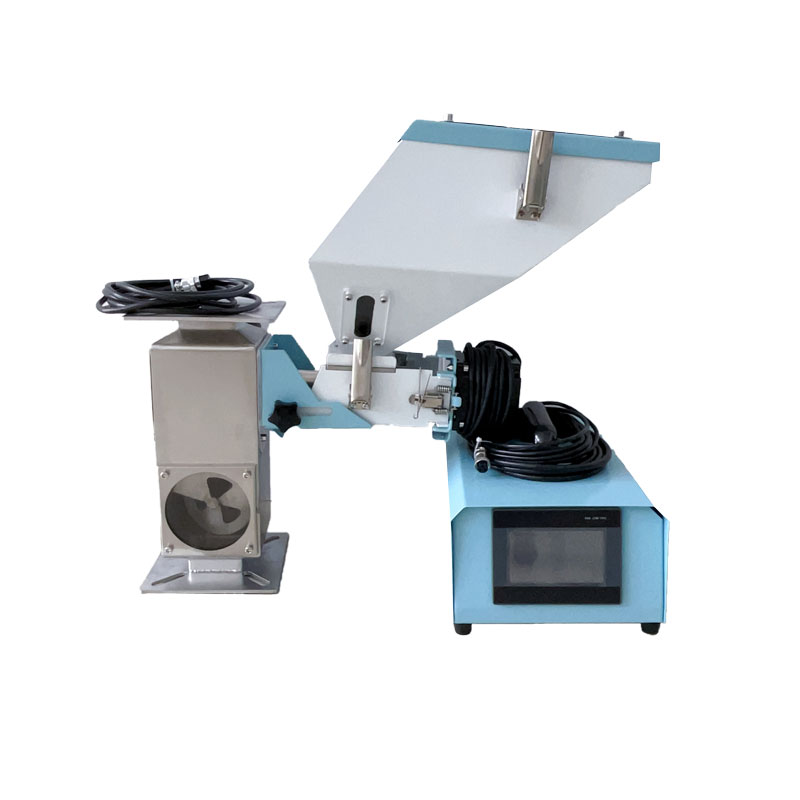
Mixing Series
CONTENTS
Want to Buy Plastic Auxiliary Equipment From Us?
Key features and components of a typical plastic mixing machine include:
Mixing Elements: These are components within the mixing chamber that facilitate the blending of plastic materials. The mixing elements can take the form of blades, paddles, screws, or other agitating devices. The choice of mixing elements depends on the type of plastics being processed and the desired mixing effect.
Heating and Cooling Systems: Many plastic mixing machines are equipped with heating and cooling systems to control the temperature of the plastic materials during mixing. Temperature control is essential for melting, mixing, and shaping plastics effectively.
Drive Mechanism: A motor and drive mechanism are used to rotate the mixing elements inside the chamber. The speed and direction of rotation can be controlled to achieve the desired mixing results.
Control Panel: Modern plastic mixing machines often come with electronic control panels that allow operators to set and monitor parameters such as mixing time, speed, and temperature.
Types of plastic mixing machines include:
Batch Mixers: These mixers are used for smaller-scale production and research and development. They mix plastic materials in batches and are often employed when a variety of different formulations are required.
Continuous Mixers: Continuous mixers are designed for larger-scale production and operate continuously, feeding raw materials into the mixer while discharging mixed materials at a constant rate. They are commonly used in extrusion processes.
High-Speed Mixers: These mixers are capable of mixing plastics at high speeds, which can improve efficiency and reduce processing time. They are used in applications where quick and thorough mixing is required.
Twin-Screw Extruders: While primarily used for extrusion processes, twin-screw extruders can also serve as mixing machines. They are especially suitable for compounding plastics with additives, fillers, or colorants.
Plastic mixing machines are employed in various plastic manufacturing processes, including compounding, extrusion, injection molding, and blow molding. The choice of a specific type of plastic mixing machine depends on the production requirements, the types of plastics being processed, and the desired quality and properties of the final plastic products.

